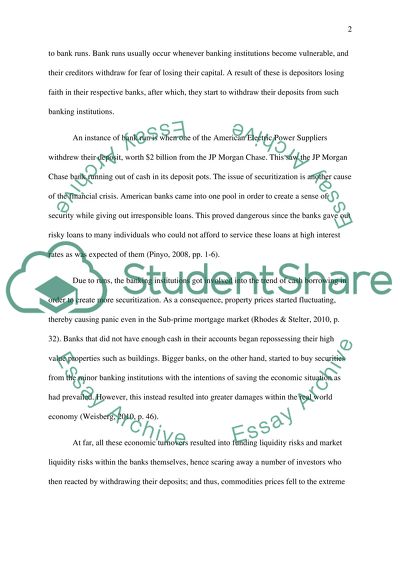Cite this document
(International Banking: Funding Liquidity and Market Liquidity Term Paper, n.d.)
International Banking: Funding Liquidity and Market Liquidity Term Paper. Retrieved from https://studentshare.org/finance-accounting/1495496-international-banking
International Banking: Funding Liquidity and Market Liquidity Term Paper. Retrieved from https://studentshare.org/finance-accounting/1495496-international-banking
(International Banking: Funding Liquidity and Market Liquidity Term Paper)
International Banking: Funding Liquidity and Market Liquidity Term Paper. https://studentshare.org/finance-accounting/1495496-international-banking.
International Banking: Funding Liquidity and Market Liquidity Term Paper. https://studentshare.org/finance-accounting/1495496-international-banking.
“International Banking: Funding Liquidity and Market Liquidity Term Paper”, n.d. https://studentshare.org/finance-accounting/1495496-international-banking.


